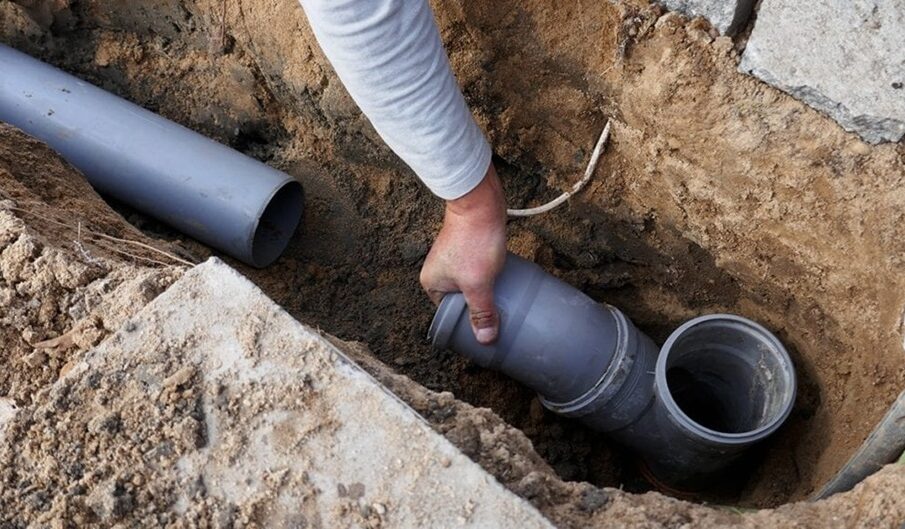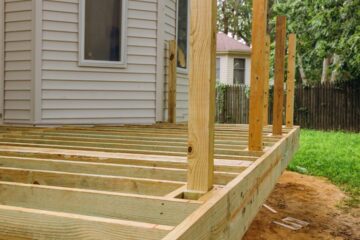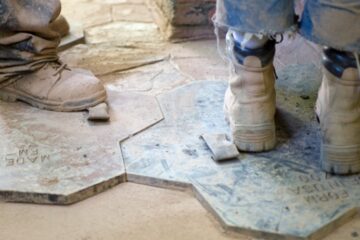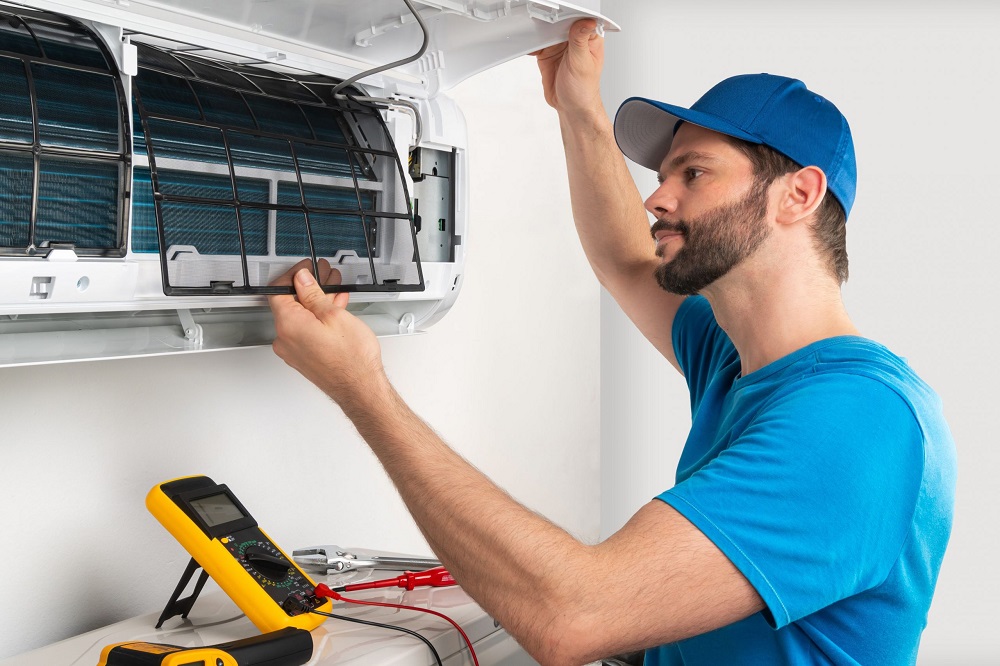Protecting Your Plumbing: How Drainage Experts Handle Backflow Prevention

Ensuring a well-functioning plumbing system is crucial for maintaining a safe and healthy environment in both residential and commercial properties. One of the key components in this effort is backflow prevention. Without proper backflow prevention measures, contaminated water can flow back into the clean water supply, leading to significant health risks and costly damages. This article will delve into how drainage experts handle backflow prevention, highlighting the role of sewer plumbers and the importance of robust plumbing practices.
Understanding Backflow Prevention
Backflow prevention is a critical aspect of plumbing maintenance designed to prevent contaminated water from flowing backward into the clean water supply. This reverse flow can occur due to changes in pressure within the plumbing system, often caused by issues such as burst pipes, sudden drops in water pressure, or even heavy rainfall. The primary goal of backflow prevention is to protect the potable water supply from pollutants, chemicals, and other harmful substances that can pose serious health risks.
Types of Backflow Prevention Devices
There are several types of backflow prevention devices used by drainage experts to safeguard the water supply:
- Air Gap: A simple yet effective method, an air gap is a physical separation between the water supply and any potential source of contamination. This gap ensures that backflow cannot occur as there is no direct connection between the two.
- Double Check Valve Assembly (DCVA): This device consists of two check valves that work in tandem to prevent backflow. If one valve fails, the other provides a secondary layer of protection.
- Reduced Pressure Zone Device (RPZ): Often used in commercial and industrial settings, an RPZ device includes a relief valve that opens to discharge water if backflow is detected, thus preventing contamination.
- Pressure Vacuum Breaker (PVB): A PVB is installed on the supply line to prevent backflow from occurring when there is a drop in downstream pressure.
The Role of Sewer Plumbers
Sewer plumbers play an essential role in ensuring the effectiveness of backflow prevention measures. Their expertise in diagnosing and resolving plumbing issues is invaluable in maintaining a safe and reliable water supply.
Installation and Maintenance of Backflow Prevention Devices
Proper installation and regular maintenance of backflow prevention devices are critical to their functionality. Sewer plumbers are trained to install these devices in compliance with local regulations and industry standards. They ensure that the devices are correctly positioned and functioning as intended.
Regular maintenance involves inspecting and testing the backflow prevention devices to identify any signs of wear or malfunction. Sewer plumbers perform these tests to verify that the devices are effectively preventing backflow and to address any issues promptly. This proactive approach helps to avoid potential contamination and ensures the longevity of the plumbing system.
Addressing Backflow Incidents
In the event of a backflow incident, sewer plumbers are the first responders. They assess the situation, identify the cause of the backflow, and implement corrective measures to prevent future occurrences. This may involve repairing or replacing damaged pipes, adjusting water pressure levels, or installing additional backflow prevention devices.
Sewer plumbers also provide valuable advice to property owners on best practices for maintaining their plumbing systems. This includes recommendations on regular inspections, timely repairs, and the importance of having a backflow prevention device installed.
Importance of Backflow Prevention
The significance of backflow prevention cannot be overstated. Contaminated water poses severe health risks, including gastrointestinal illnesses, skin infections, and other diseases caused by exposure to harmful bacteria and chemicals. By implementing effective backflow prevention measures, drainage experts help protect public health and ensure the safety of the water supply.
Legal and Regulatory Requirements
Many local and state regulations mandate the installation of backflow prevention devices in certain properties, particularly those with a higher risk of contamination, such as commercial buildings, industrial facilities, and properties with irrigation systems. Compliance with these regulations is essential to avoid legal penalties and ensure the safety of the water supply.
Conclusion
Protecting your plumbing system through effective backflow prevention measures is essential for maintaining a safe and healthy environment. Drainage experts and sewer plumbers play a crucial role in this effort, providing the expertise needed to install, maintain, and repair backflow prevention devices. By understanding the importance of backflow prevention and the role of sewer plumbers, property owners can take proactive steps to safeguard their water supply and prevent contamination. Regular inspections, timely maintenance, and adherence to regulatory requirements are key to ensuring the long-term reliability and safety of your plumbing system.











